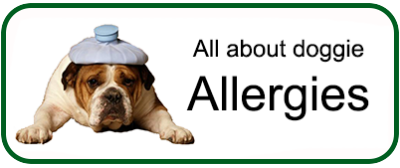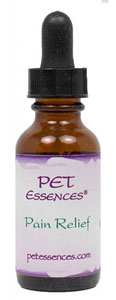Paralysis ticks of Australia
Paralysis tick areas in Australia | What causes tick-borne paralysis in dogs
Paralysis tick symptoms | What you should do if your dog shows symptoms of tick paralysis | Paralysis tick bite treatment | Paralysis tick bite prevention

Paralysis ticks of Australia (ixodes holocyclus) are commonly referred to in Australia simply as “paralysis ticks”.
Paralysis ticks tend to be most active during warmer months, though this varies according to the types of habitat throughout the Eastern seaboard coastal regions. Generally ticks thrive in warm wet bush, wooded areas, high grasses ands rainforests.
Paralysis tick areas in Australia
Paralysis ticks can be fatal for pets if left untreated, therefore owners need to be diligent in checking their dogs daily if they live in high risk areas.

Paralysis ticks are found mainly within a 20 kilometer coastal strip along the eastern seaboard states of Australia and in the central highlands of Tasmania.
The map to your left gives a pretty good indication of where they are most prevalent, and where your dog may be at risk of being exposed to paralysis tick allergies.
Coincidentally this coastal range is also one of the most densely populated areas of Australia and therefore paralysis tick allergies, and or reactions to incidents in relation to bites from paralysis ticks on dogs and other domesticated animals and even humans are relatively common.
What causes tick-borne paralysis in dogs
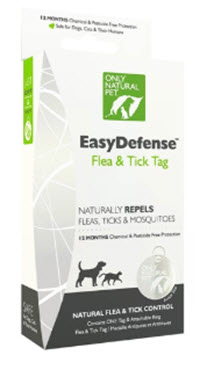
Tick paralysis is the only tick-borne disease that is not caused by an infectious organism. The illness is caused by a neurotoxin called “holocyclotoxin” which is produced in the tick‘s salivary gland. After prolonged attachment and sucking, the engorged tick transmits the toxin to dogs.
Whist marsupials and animals native to Australia rarely suffer allergic reactions to holocyclotoxin, the toxin is catastrophic for dogs with two severe paralysis tick allergies occurring:
- The toxin destroys the cells of the dog’s central nervous system, and
- Inhibits the release of neuro-transmitters called “acetylcholine” which are responsible for sending messages between the dog’s motor nerves and its muscles.
Collectively, over 100,000 dogs and other domestic animals suffer paralysis ticks allergies in Australia each year, with up to 10,000 companion animals being referred to veterinary surgeons for treatment.
Sadly, a recent survey found that the survival rate of dogs taken to vets for treatment is only 5%, with younger dogs more likely to survive than older dogs. Therefore pet owners living in tick areas need to be vigilant and on the look out for paralysis ticks allergies and symptoms during the warm months of Spring and Summer.
Paralysis tick symptoms
- Change in voice or bark.
- Loss of co-ordination in the hind legs, e.g. wobbly or not being able to get up
- Loss of appetite.
- Retching, coughing, vomiting and or drooling.
- Rapid breathing or difficulty in breathing.
- Progressive paralysis, extending from hind legs to the dog’s fore legs, and then the whole body becomes completely limp and flaccid. Eventually the dog’s breathing is affected leading to distress and death.
What you should do if your dog shows symptoms of tick paralysis
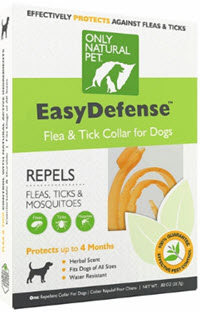
- If you can find the ticks, spray them with frontline or remove them with a tick remover. Do not use methylated spirits or similar, and do not disturb the ticks by pulling at their bodies as this will only increase the amount of toxins secreted by their salivary glands.
- Take your dog immediately to a 24 hour emergency vet. Every minute counts and can be the difference between life and death for your best friend.
- Keep your dog calm and cool in a darkened carrier on your way to your veterinarian.
- Do not offer food or water, as this may lead to pneumonia and or breathing difficulties if your dog is unable to swallow properly.
Paralysis tick bite treatment
Your veterinarian will:
- Remove the tick/s.
- Administer an anti-toxin or serum to help in recovery.
- Administer other specialised procedures such as sedation, pain relief, IVF drip and treatment for respiratory complications which are vital for your dog’s complete recovery.
- Recommend hospitalisation for several days.
Paralysis tick bite prevention
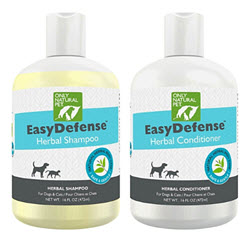
Prevention is always the best form of cure to protect your dog from paralysis ticks allergies. We recommend the following approach:
- Examine and search your dog daily for ticks. Pay special attention to the areas forward of the front legs, e.g. face, ears, mouth, lips, arm pits, in between its toes and folds of skin throughout its body, even its rectum as ticks are not fussy where they attach themselves
- Protect your dog by making sure your home and surrounds are free of ticks. Our Home Flea Remedies page suggest many economical ideas and products you can buy or make which safe for animals, children and plants
- By using flea and tick control/prevention regularly. We have listed 64 different Only Natural products on out Allergy Free Products page
- Bath your dog with a Repellant Shampoo and Conditioner
- Make sure your dog wears a Flea and Tick Collar with a Flea and Tick tag attached to it
Please note that most flea and tick products are inter-changeable, however before you buy, take a moment to click on the product banner and read the label.
This article and information forms part of the Carole's Doggie World Holistic Library and is presented for informational purposes only.The information is not intended to be a substitute for visits to your local vet. Instead, the content offers the reader information researched and written by Carole Curtis for www.carolesdoggieworld.com

